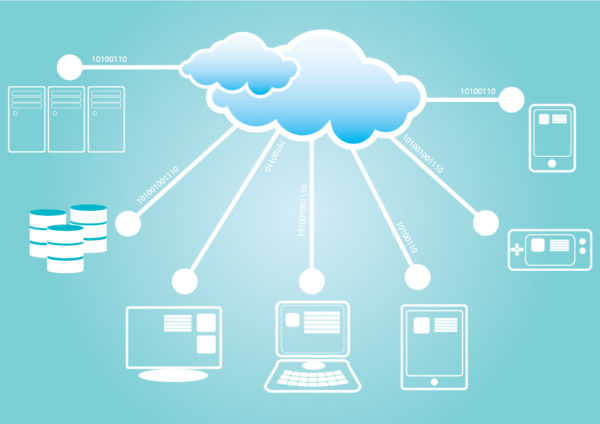The growing need for more internet bandwidth is being pushed by an increase in the number of students with devices, according to CoSN’s Annual Infrastructure Survey.
Increases in online assessments and digital content also drive the need for higher bandwidth, according to the report.
The report addresses key areas of concern for school districts, including affordability, network speed and capacity, reliability and competition, digital equity, security, and cloud-based services.
“The good news is districts are making real progress in supporting modern technology infrastructure. However, it remains clear that more work and investment are needed over the long run to address the digital equity challenge of today and provide robust broadband connectivity for all students in and outside of school,” said Keith Krueger, CoSN CEO.
Next page: 5 areas with key infrastructure concerns
Affordability
Although the survey indicates that school districts are making progress when it comes to increasing broadband connectivity and wi-fi in classrooms, roadblocks remain: 57 percent of surveyed school districts identified the cost of ongoing recurring expenses as the biggest barrier to robust connectivity.
However, monthly internet connection costs are decreasing, with 46 percent of respondents saying they pay less than $5.00 per Mbps per 1,000 students–up from 36 percent in 2015 and 27 percent in 2014.
Rural areas see more difficulty when it comes to affordable connections, however–43 percent of responding districts said they pay between $5.00 and $49.99 per Mbps, with 23 percent paying more than $50 per Mbps.
Network speed and capacity
Sixty-eight percent of surveyed school districts said all schools in their district fully meet the FCC’s recommended short-term minimum internet bandwidth goal of 100 Mbps per 1,000 students.
While progress toward faster speeds is evident, schools are still struggling to meet the FCC’s long-term bandwidth goal of 1 Gbps per 1,000 students–54 percent of responding districts said none of their schools meet the goal today.
Twenty-seven percent of survey respondents project significant need for internet bandwidth growth over the next 18 months–a 100 percent to 499 percent increase. Another 4 percent project extremely high need for bandwidth growth of 500 percent or more.
Reliability and lack of competition
Survey respondents reported internet downtimes ranging from 1 day per year to 30 days per year in some extreme cases.
Forty-six percent said only one provider sells internet to their school system, and 30 percent reported receiving 1 or fewer qualified proposals for broadband services in 2016.
Digital equity
Of surveyed school leaders, 42 percent ranked addressing digital equity and lack of broadband access outside of school as a “very high priority.”
However, nearly two-thirds (63 percent) of school system leaders revealed they do not have any strategies for providing off-campus connectivity to students.
Fewer than 10 percent reported that all students have access to non-shared devices at home or in the community.
Security and cloud-based services
Security seems to be less of a priority for survey respondents–almost half said they spend less than 4 percent of their technology budgets on security, and 19 percent spend less than 1 percent.
The largest security concern was phishing (19 percent cited it as a high risk), with denial of service and ransomware tied for second and third threats (9 percent each). Only a small number of technology leader respondents were concerned about identity theft (5 percent) or network hacks (4 percent).
- Friday 5: Virtual field trips - April 26, 2024
- Google, MIT RAISE launch no-cost AI training course for teachers - April 26, 2024
- 4 ways to support work-based learning - April 23, 2024

